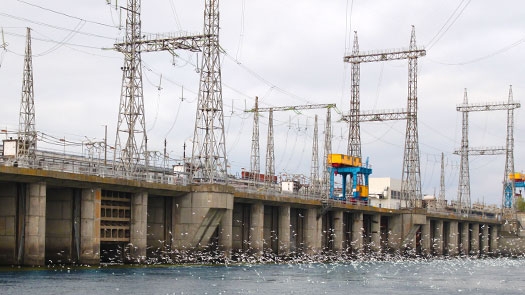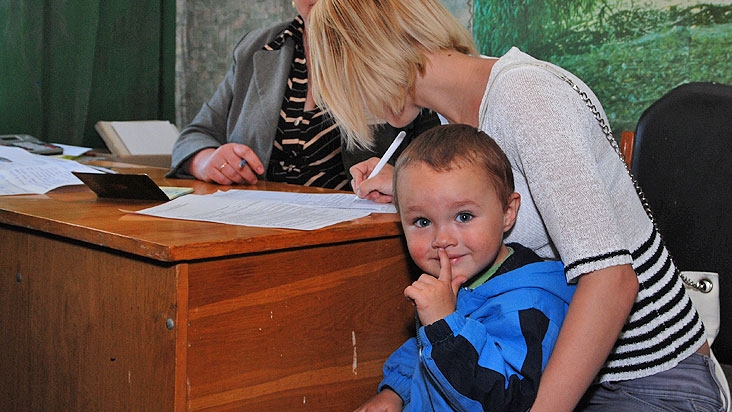Challenge
Ukraine has long been thought to be performing below its potential, lagging behind its Central European neighbors and facing serious governance and institutional weaknesses. Because of strong demand for Ukraine’s traditional products (metallurgy, machinery, chemicals), however, economic growth averaged 7.5 percent per year from 2000 to 2007, the fiscal deficit was a low 2 percent of GDP, foreign capital was flowing in, and public debt was low. Due to high social spending and the buoyant economy, poverty had fallen sharply. Ukraine became a member of the World Trade Organization (WTO) in 2008, but later that year, long built-up vulnerabilities and accumulating macro-imbalances resulted in a severe triple crisis. Markets reacted quickly, and by end-2008, Ukraine was shut out of international capital markets, suffering losses in reserves and bank deposits and sharp drops in fiscal revenues and exports, especially steel, its major export. The bottom was reached in mid-2009, when GDP shrank by 14.8 percent year-on-year, one of the most significant drops among middle-income countries. Although Ukraine’s growth resumed in the aftermath of the crisis, uneven reform implementation impedes its prospects. Weaker global growth, volatility in the Eurozone, and disruptions in global financial markets further complicate the situation. More ambitious reforms, including fiscal consolidation and energy and banking sector reform, are needed to address vulnerabilities and reduce risks, while deeper structural reforms are required to sustain medium-term growth and help realize Ukraine’s substantial growth potential.
Solution
Bank engagement in Ukraine is guided by the 2012–16 Country Partnership Strategy (CPS), which has two pillars: first, improving public services and finances, aiming for more effective fiscal management, better targeted social assistance spending, and more efficient service delivery; and second, improving the business climate to unlock economic potential, aiming to enhance the business environment and physical infrastructure, reduce the cost of doing business, and create a policy framework to attract investment in agriculture.
In line with the two pillars, the Bank focused on growth and competitiveness, business climate improvements, and investment promotion, and on strengthening public institutions and policies and improving the use of public resources. The Bank, along with the International Monetary Fund (IMF) and other partners, provided extraordinary support to stabilize the banking system and address underlying vulnerabilities. The Bank also supported large infrastructure operations (transport and energy) and helped advance the reform agenda. Analytical work was directed toward core government priorities (competitiveness and energy) and the Bank’s advocacy list (health, demographics, social issues). The International Finance Corporation (IFC) focused on advisory services and investments in the real and financial sectors.







